When do you first remember thinking of yourself as a designer/artist? How did you end up doing what you do today?
Hmm, let’s see. I guess the first real project that was actually used somewhere was this school logo I did in the seventh grade and I was really interested in it at that age. That continued and I’d worked as a representative all through high school and then on throughout into college.
What excites you about being a designer/artist? Why do you keep doing it?
One of the really fun things for design is that you can actually apply it to any field that you’re actually curious about. I really love being able to jump between different types of fields or different domains. If you look at my work, one thing’s about genetics, one thing’s about literature, one thing’s about topography, another’s looking at health care, another’s looking at government data and social issues. I like to use a design approach and process and then being able to apply that to these different areas.
What do you think is your most important skill, and why?
Is there a way I can answer that without having to pat myself on the back or something? So maybe specifically looking at data visualization, I think the most important bit is to actually care about the data and be interested in the data. Because a lot of times, if you approach it purely from the data side or even the programming side, that’s it – you can get caught up in the technical aspects of, you know, how big the data is and things like that. And, if you approach it too much from the design side you do too much just trying to wrangle the data into something that fits onscreen. And so, there’s a real, qualitative difference between when somebody’s actually engaged with the data and what they design with it, if they actually understand and care about it, versus when they’re just trying to get everything in the right bucket and get everything in the right list.
That’s something that I try and do a lot of. I’m also trying to learn to teach that with others, say by hiring a designer who doesn’t have a lot of experience with data visualization. Their first inclination tends to be, “Okay. Quick, let’s organize it”. That’s like a no-no. You want to love the data first and then go from there.
Tell us about the community you're working in.
I spent the last several years working solo and doing primarily freelance work. I did a post-doc after my PhD, which was mostly solo with some collaboration, and I did about five years of visual work. Last year I started hiring people so that I could start doing stuff at a larger scale. I’m not nuts about the size, you know, but it’s frustrating to see the size of things that you can make versus what’s in your head, so I’m trying to scale that up a bit.
I try to find people from lots of different types of domains so that they bring in different perspectives on things, as opposed to bringing in people who are, say, already data visualization experts or something like that. I think it makes for a better work environment if you have those different types of domains to bring to bear on what we’re doing.
In what ways does working within a community influence your work?
I think on a personal level, when being around and interacting with other people, that’s always going to influence your work. But, as for inspiration for projects, I tend to look outside of data visualization. If you look within visualization too much it’s too much of a feedback loop.
I’m more inspired by movies, books, or art. I love the work of Tim Hawkinson who’s an artist, but who does things that are extensively connected to data. Matthew Richie is another favorite of mine. They do things but they can address topics and sort of put them back together in a different way.
I really love the writing of Mark Twain or Jorge Luis Borges because they take these really complicated ideas and turn them on their head, express them instead in a really simple way. I’m always trying to find ways that I might be able to do that in visualization. That’s a kind of fundamental thing when you’re looking at a data-set with a hundred thousand points. You can either say, “Well, I’m going to try to show the data-set with a hundred thousand points,” and try and get that across. Or, if you think of somebody like Twain, he can take what all of that means and sum it up into a single sentence. I think I’m a long way from being able to do that kind of thing, but it’s an interesting and inspiring thing to actually try to work toward to effectively get things across that way.
What role does collaboration with others play for your projects?
There are maybe two answers to that. One is that it’s often the case where – especially if we’re doing domain-specific work – we’re doing a lot of collaboration with people inside of that domain and try to learn as quickly as possible about what they’re doing, and what’s important, and what’s relevant. I spent a lot of time working with people in the field of genetics when doing my PhD work. There I was doing things that were relevant to what they were thinking about and solving problems that were actually problems they had.
Another part of it is as a personal way of working: it’s helpful for me to have collaborators to talk through things that I’m not very good at working out in my head. Instead – and that’s kind of the part of visualization – you can work it out and look at it and fix it. Or when getting started on a project or stuck working on it, talking through it with somebody really helps. They have different perspectives, sometimes just listen and tell you you’re off or crazy or need to “Stop doing it, period.”
My Frankenfont project actually sat around for seven or eight years because it was just this thing about PDFs and fonts. It was so … you know, it was just the technology thing and I couldn’t figure out how to relate it to something that was actually a bit more expressive than just, like, “Isn’t it cool? Let me tell you about vector type and font file formats.” And so, a couple of Saturdays ago, pacing around the house and talking to my poor wife who was discussing with me about what’s the right hook for how you might turn it into something that engages and gets the idea across but can have a different story to it. So, it came out of that whole process and it wasn’t a specific kind of collaboration. It was just helpful to have others to go back and forth with them and who have ideas and can push on things.
What do you wish to achieve with your work?
I want to just be able to keep making things that I like or that I’m happy with and looking into stuff that I’m curious about. Really basic stuff, actually. I have interesting work, I want to get the stuff that’s in my head out of my head and into a project, and I want to work with people who I enjoy spending time with. I’ve been really pleased with how our studio has evolved over the last year and having a cast of people who enjoy working with one another.
With Processing, really one of the greatest joys has been watching people transform as they use it and also being able to watch the types of people who pick up doing coding and computation with it. One of my favorite lectures of the last couple of years was actually when I spoke at a girls’ school in New York for a seventh through twelfth grade assembly. I was showing a bunch of coding projects done by people with Processing and they were positively excited about what was going on. They were, like, “Wait, that’s computer science and programming? I thought it was math and this stuff, but that stuff I can relate to.”
After that lecture, I enjoyed spending time with a seventh grade class who was actually using Processing for their projects. I was just watching these girls sitting and the way that they would learn things. It was one long table with computers around on both sides of it. When somebody would learn something they’d be all excited and start making noise, and so then the two people next to them would lean in, see what they were doing, and then that would pass down to the next people and to next people.
In a way, because of their age and just how fired up they were, you could track ideas moving around the room and people picking stuff up. And that’s really gratifying and exciting. There aren’t enough women coders, and having people who can now approach coding from a different perspective than they might otherwise have – and I don’t think that’s specific to Processing only –, so that hopefully they’ll be more inclined to stay engaged in that kind of stuff and bring a really different perspective than just the straight computer science stuff is exciting.
What do you think you can actually achieve with your work, where are the limitations?
Well, that depends on the day. On actual client or paid work, I think the toughest thing is being able to address or reach people who don’t necessarily know that the visualization field exists or don’t understand what can be done with it and that there’s a considerable leap of faith for working on a particular project and what it takes to do that. I’m trying to get better at how we can actually articulate the types of things that we can do and what’s possible to do with data. That’s why part of us are doing our own personal projects, internally, to try and push that along further.
The Darwin project that I did is an example of that, where it’s really useful to have that project out there. Then other people can say, “Oh wait, I have this issue of comparing large amounts of documents,” and things like that. For them to understand how visualization can help, you have to make that and demonstrate it. Because if I said, “Hey, Darwin’s book changed over time, and it’s possible to actually make something that shows these comparisons,” then the picture that comes to their mind is much more of a “Oh, is it like a word plug-in or a tool?” It’s tough doing that, there’s only so much time in the day to create those things, but hopefully that will change a bit with having some staff. Darwin was all me, solo, but we’ll see how that changes over time.
How has your work changed over the years? How did your goals change?
I think it only varies in the sense of what I’m working on at a particular moment. I’ve learned a lot more about the context in which work is being done and that academic work is very different from public facing work, which is very different from an internal client tool or an internal commercial tool. Learning that is really quite interesting. But I think the thing that I’ve continued to change is how I work with other people and not lose the core of what I’m trying to get done, but be able to do enough listening to the person for what they’re telling me.
So let’s say I’m doing a piece with somebody who’s primarily a designer. How do I collaborate with them such that we keep the core idea but I can also let them be an expert in what they’re expert at. That’s a really difficult and very delicate balance to get right and it’s going to be something I’m trying to work on and that will be a focus as I learn to deal with managing.
If you had the chance to tackle a really big problem our society is confronted with, what would it be?
Let’s see. The thing that comes to mind are a class of problems where – you see it in government and in health care and in elections and things like that – people gain by others not understanding the data or not really being able to understand or put together the issues. So, if you think about something like the current health care debate in the United States, by and large people don’t understand enough about the general economics of how all of it goes together and why they’re trying to reform health care and what it actually means and, if we don’t do that, what that actually does to our economy.
The terrifying thing is, for instance, what happened to our economy because we were just blowing trillions of dollars in a war while, at the same time, letting our infrastructure here fall apart while, at the same time, starting to do things like deny, you know, basic stuff like evolution. And the problem is that the scale on which the impact for that happens is much longer. In the case of education going backwards, we won’t see what that does for another twenty, thirty years and it’s going to be difficult to actually point back to “Guess what, when you started defunding teaching and education and all this stuff, that’s what made this mess.”
That is not so different from people in elections who don’t actually understand enough about how the issues work; who don’t realize how the person they’re voting for is actually counter to their livelihood. Because of the level of complexity of how all these issues relate, people shut off and switch over to the emotional side of “I don’t like this person, I do like this person, or I heard this person’s a bad person.”
And so, yes, I think there’s a whole class of problems like these that I find really frustrating or near impossible to actually try and grasp. But, how could you actually take some of these issues and put them back together and how would Mark Twain be able to take that sort of mess and turn it back into something that you could really understand?
If Mark Twain were visualizing that, or Samuel Clemens, or if it were Jorge Luis Borges, what would that look like? It sure wouldn’t be a “get the largest data base and collect absolutely all the data” and things like that. Instead it would be a “How can I meet people where they are and wrap this in a way that tells a story of what’s actually going on?”

